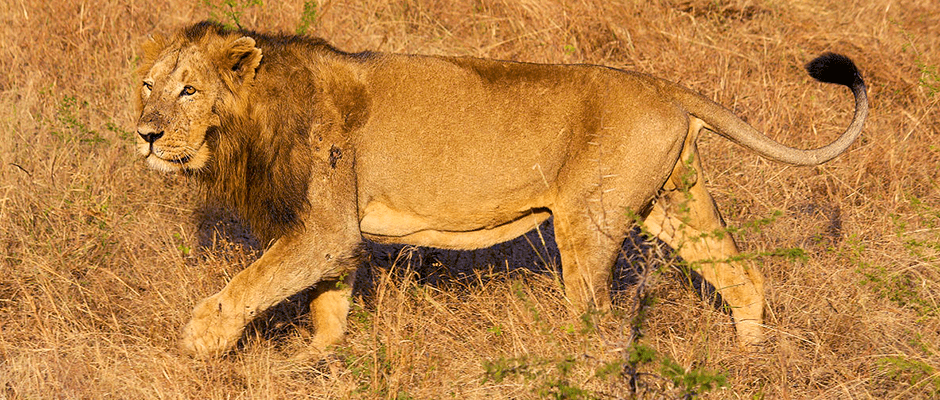Share this article
Lion Subspecies Listed Under Endangered Species Act
The U.S. Fish and Wildlife Service (USFWS) announced on December 21 that Endangered Species Act (ESA) protections will be extended to two subspecies of lion after threats such as habitat loss, human-lion conflict, and inadequate regulatory mechanisms have decreased their range and population numbers significantly. The subspecies Panthera leo leo, which occupies western and central Africa and a small section of India, will be listed as endangered. Panthera leo melanochaita, which occupies eastern and southern Africa, will be listed as threatened.
USFWS first received a petition to list P. l. leo in March 2011. In October 2014, USFWS published a proposed rule to list the subspecies as threatened. At that time, P. l. leo only included populations occupying western and central Africa.
Shortly after the proposed rule was released, new scientific findings lead the International Union for the Conservation of Nature (IUCN) to recommend reclassifying P. l. leo and the Asiatic lion (Panthera leo persica) of India as one subspecies. This led USFWS to reevaluate the status of the entire lion species.
In the finalized rule, USFWS states their agreement with the conclusion of IUCN that the western and central African populations and the Indian population are more genetically similar than originally thought, and should both be classified as the P. l. leo subspecies. Although the Indian population has been listed as endangered since 1970, this will be the first time the western and central African populations will receive ESA protections. The population of the newly defined P. l. leo subspecies is estimated to be at about 1,400 individuals today.
Populations of P. l. melanochaita are estimated at around 17,000-19,000 individuals. USFWS is finalizing a rule under section 4(d) of ESA that will allow for the creation of permitting requirements to bring P. l. melanochaita parts and live specimens into the US if they are obtained from range countries with well-managed conservation programs. This is being done in an effort to encourage stronger accountability of the conservation programs of African nations.
“Sustainable trophy hunting as part of a well-managed conservation program can and does contribute to the survival of the species in the wild, providing real incentives to oppose poaching and conserve lion populations,” said USFWS Director Dan Ashe. “Implementing a permit requirement will give us the authority we need to work with African countries to help them improve their lion management programs.”
Header Image: Image Credit: Bernard Gagnon








